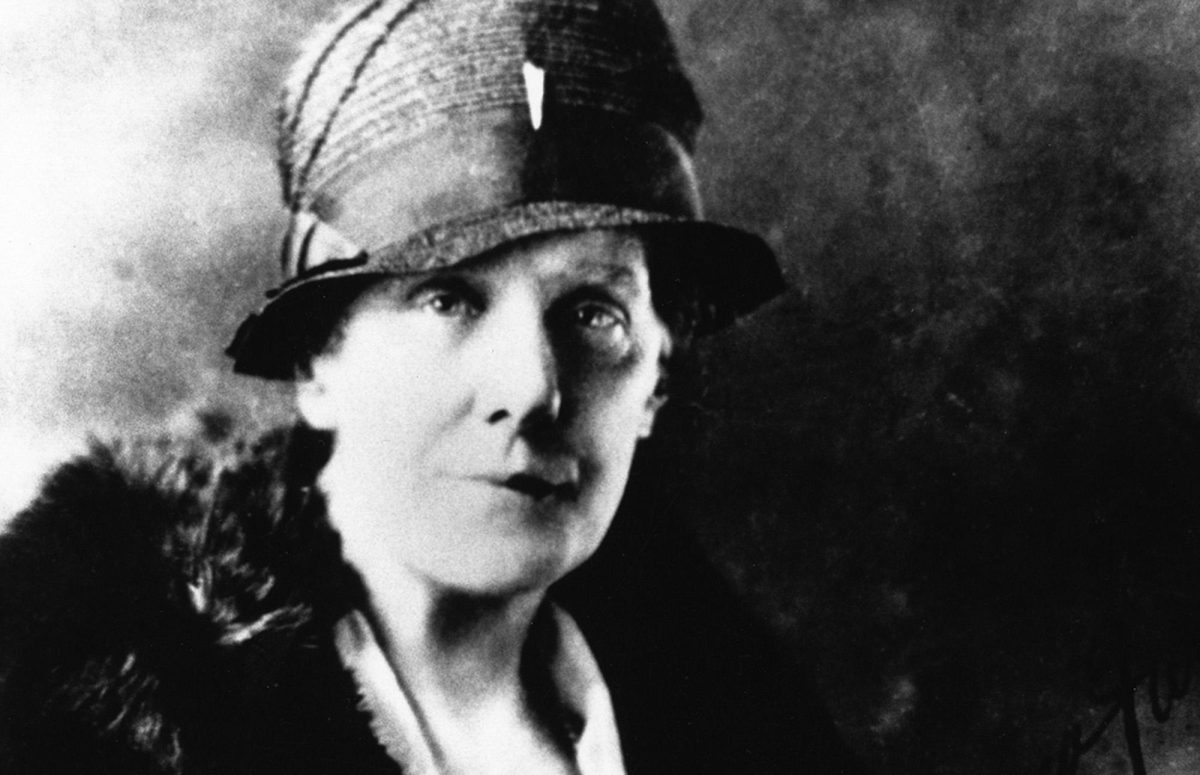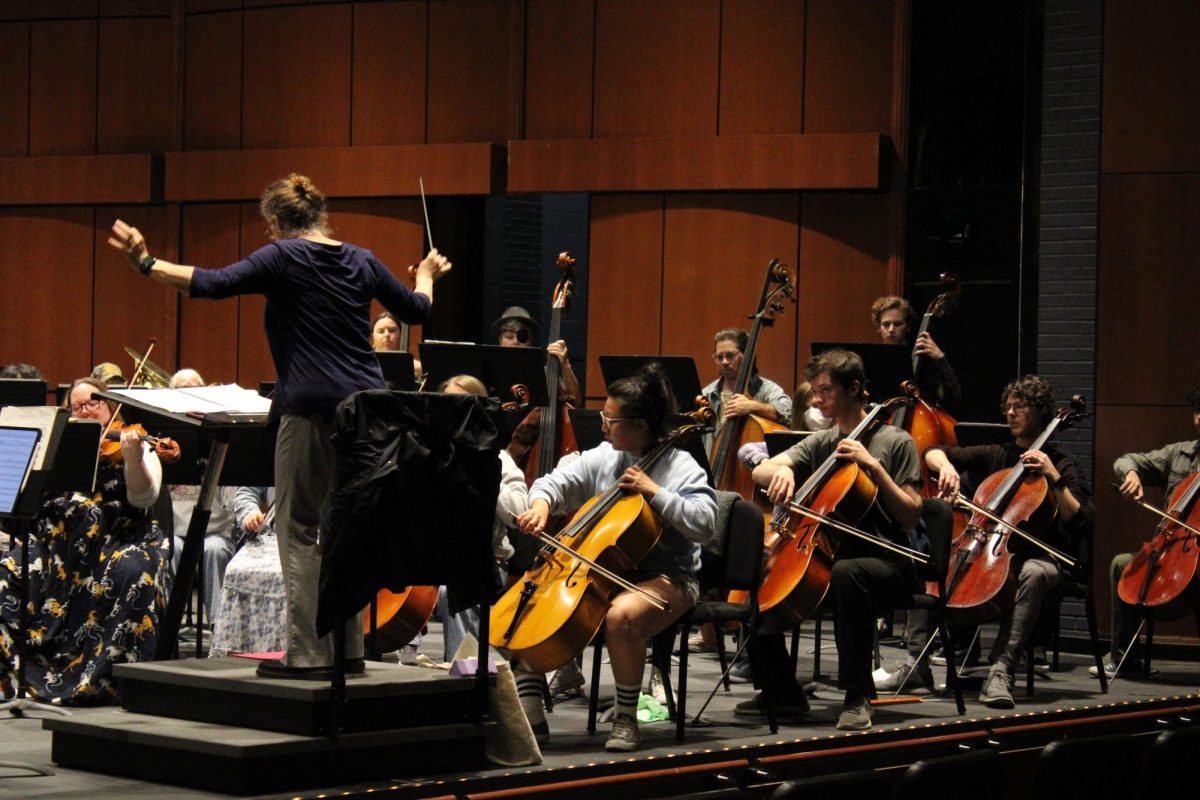It has been over 100 years since Mother’s Day was founded as a national holiday, a time when millions of families in the United States and Mexico celebrate the women who raised them. Anna Jarvis, an American woman born in the 1800s, is considered to be the founder because of her resolute effort to nationalize a special day dedicated to her mother. Jarvis succeeded but was soon disappointed by its commercial exploitation.
There were others before Jarvis who wanted a women-focused celebration, including Jarvis’ own mother. Jarvis was a social activist who contributed to struggling communities throughout her life. Jarvis’ mother created the Mothers’ Day Work Clubs to reduce the infant mortality rate affected by unsanitary conditions, according to Today. Out of her estimated 13 children, only 4 would survive beyond adulthood.
During the civil war, Jarvis’ mother also “called upon ‘Mother’s Friendship Day’ as a way to facilitate peace between Union and Confederate soldiers,” said Dr. Catherine Christensen Gwin, an Assistant Professor of history at Palomar College. Gwin described how the campaign for Mother’s Day began in the Progressive era when women were “Social Housekeepers” for people on the margins of society. Jarvis’ mother likely wanted women to be celebrated not only for motherhood but also for their service and role in the community. However, in 1905, her mother died on the second Sunday of May.
Inspired by her mother, Jarvis wanted to create a day where women could be celebrated. Jarvis held the first official commemoration of Mother’s Day in Philadelphia on the anniversary of her mother’s death in 1908. On this day, Jarvis also sent hundreds of white carnations, her mother’s favorite, to a church she assisted in West Virginia. Soon the governor of West Virginia made the day an official holiday and Jarvis sought to spread the celebration to the rest of the country by creating the Mother’s Day International Association.
Jarvis described this time by saying, “Thousands and thousands of persons in all walks of life, with the mother-hunger in their hearts, found Mother’s Day a blessing, a comfort and an uplift,” from Katharine Lane Antolini’s book Memorializing Motherhood: Anna Jarvis and the Struggle for the Control of Mother’s Day. In 1914, President Woodrow Wilson declared the second Sunday of May to be a national holiday: Mother’s Day. Palomar College Student Victoria Cazares said that this day is special because she is there for her mother, “I just spend time with her,” she said, “Me and my sister wake up before my mom and we make her a big breakfast.”
Jarvis’ campaigns and promotions expanded beyond the United States to countries like Mexico, according to The Yucatan Times. Journalist Rafael Alducin, the founder of the Mexican newspaper Excélsior, wrote an article encouraging the nation to pick a day to celebrate mothers in 1922. Since then, el Día de las Madres has been celebrated in Mexico on May 10.
This date was chosen because May is the month of the Virgin Mary and payday was typically on the 10, meaning extra money for gifts. Fullerton College Student Brenda Sanchez said that she starts off this special day with her mother by playing a traditional Mexican song. “We always go to my mom’s room and wake her up with Las Mañanitas,” Sanchez said.
Although Jarvis’ plans were globally successful, National Geographic reported that she resented the holiday after it became profitable for people like florists and candy makers. She openly opposed anybody who was straying from its purpose, including First Lady Eleanor Roosevelt, who used Mother’s Day to raise charity funds. Rather than spending or collecting excessive money, Jarvis wanted the day to be of modest celebration. “Mother’s Day is not for the famous. It is just for tributes and to glorify your humble mother and mine,” said Jarvis in Antolini’s book.
Jarvis became a recluse in her later life and was admitted to a mental asylum at age 80. Dying poor and alone in 1948, she was buried next to her mother.







